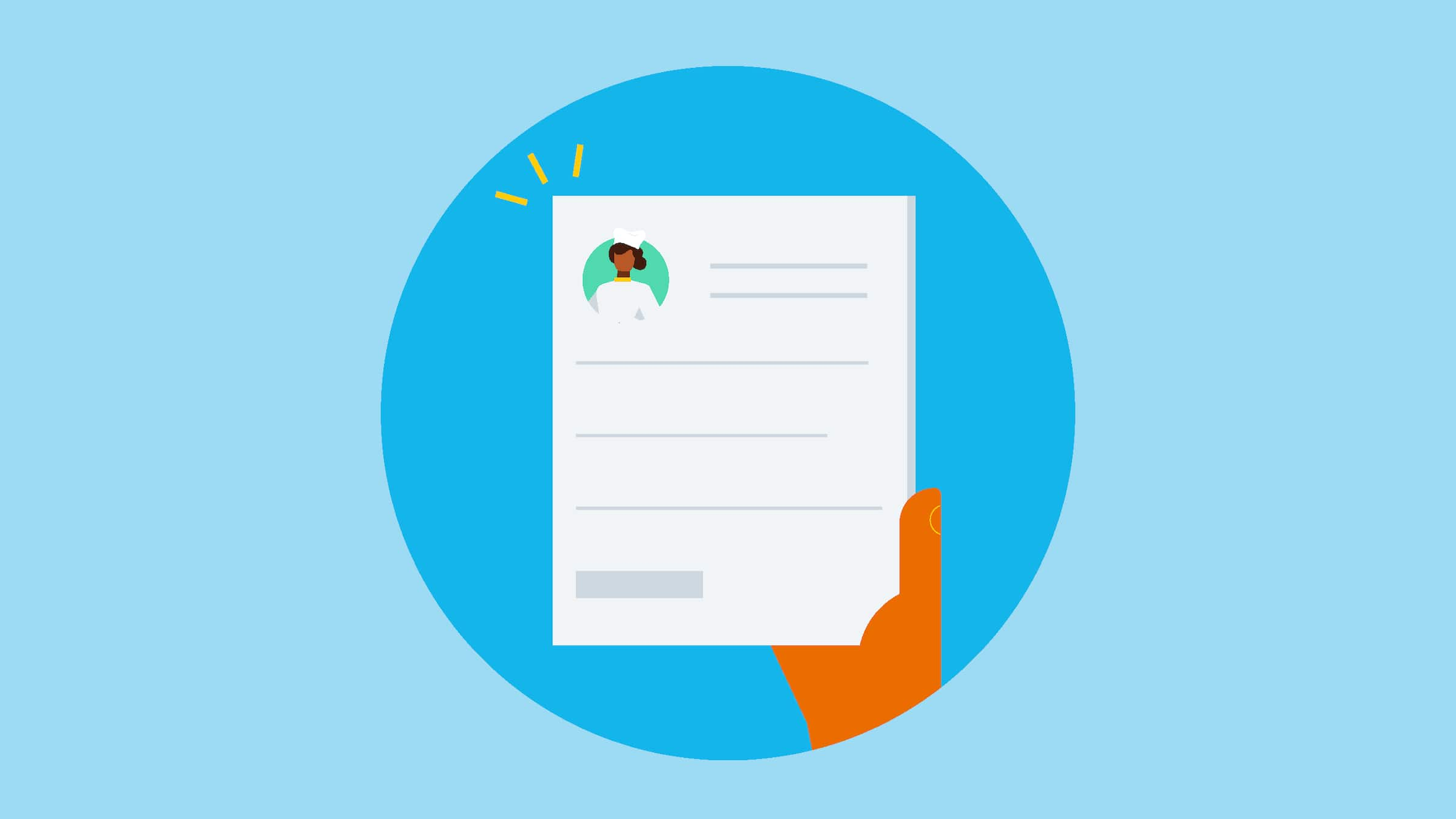Employee onboarding
Employee onboarding is more than orientation. It’s setting expectations, building relationships, and providing support.

Published Thursday 02 September 2021
Top tips for a great employee onboarding experience
A great employee onboarding experience makes all the difference. Here are five tips to set your employee up for success from day one:
1. Start early: Make sure everything’s ready before their first day.
2. Make it personal: Adding a personal touch to the employee onboarding experience can make your new employee feel valued.
3. The little things count: From where the lunch area is to how to use the printer, providing your new employee with all the information they need – no matter how small – will help them succeed.
4. Clarity is key: Give them a clear roadmap of how they can succeed at their job.
5. Constant communication: Let them know you’re always available to answer any questions, lend a helping hand, or even just for a casual chat.
Employee onboarding made easy with these checklists
Getting an employee on board can mean working through lots of to-do items. We’ve made a few handy checklists to make the process easier for you.
Checklist 1: New employee forms
You’ll need certain details from your new employee before you can pay them, and also for record keeping and as required by law.
These employment forms can include:
🗹 Tax declaration or withholding forms
🗹 Retirement or superannuation deduction forms
🗹 New hire reports
Checklist 2: Before the first day
Employee onboarding begins before your new hire’s first day at work. Here are some key tasks to complete before your employee starts.
Documents you’ll need
🗹 A copy of any licence required for the job (for example, a driver’s licence or forklift licence)
🗹 For non-citizens, a copy of their working visa
🗹 A copy of a recent P45 form (if your employee has one)
🗹 A completed starter checklist (P46) form if they don't have a P45
Set up their personnel records
🗹 Salary record or wage and time record
🗹 Leave and holiday record
Employee details you’ll need
🗹 Full name, address, contact number, and email address
🗹 Emergency contact details
🗹 Any special medical needs
🗹 Bank account details (if this is the method of payment for salary or wages)
Details to provide to your employee
🗹 Any documents that can be read beforehand, such as training manuals, code of conduct, and information about work hours, break times, benefits, and holidays and leave
🗹 Where to go and who to ask for on day one
🗹 The dress code
🗹 Tools, equipment or other materials they’ll need to bring
Logistics
🗹 Give them keys, an access card, or anything they’ll need to enter your workplace
🗹 Set up their workstation and any equipment they’ll need
🗹 Organise time for key team members to meet them
🗹 Make sure any special medical needs are met
Checklist 3: Employee onboarding on the first day and week
Employee onboarding doesn’t have to all be done on an employee’s first day. Too much information can be overwhelming, so try to space it over a few days or a week.
Make your employee welcome and get them set up
🗹 Think about how to make them feel welcome; have morning tea to celebrate them starting or organise a lunch to introduce them to the team
🗹 Make it a positive first day experience with a personal touch like a welcome card on their desk or a welcome package containing sweet treats and other goodies
🗹 Give them any tools or equipment they need and show them how to use it
🗹 Show them how to log in, set up, or access any resources they need
Show them around your workplace
🗹 Organise a tour of the workplace, including facilities and amenities like the kitchen, toilets, and lockers
🗹 Give them a health and safety briefing
Help your employee become fully engaged with your business
🗹 Give them a snapshot of the history of your business
🗹 Educate them about your customers and your products or services
🗹 Share the company’s culture and values
Help them become successful at their job
🗹 Explain why their role is important and how it fits into your business
🗹 Go over the specifics of the job, including a clear explanation of duties and responsibilities and any expectations that need to be set from day one
🗹 Describe any goals they need to meet
Let your employee in on the inner workings of your business
Ensure your employee understands the following:
🗹 Workplace policies and practices
🗹 The pay process
🗹 The performance review process
🗹 Any trial or probation period
🗹 Any employee benefits and perks
🗹 The process for resolving employee problems
Checklist 4: After the first day
Check on your new employee for the first few days and weeks.
🗹 Chat with them regularly to see how they’re going, answer any questions they have, and address any difficulties they’re experiencing
🗹 Assign them a buddy, partner, or mentor who can help them get acquainted with the role
Small business performance little changed*
Read the full report for Xero's small business insights focusing on several core performance metrics, including sales growth, jobs, time to be paid, and late payments.
UK jobs:+1.0%*
Jobs grew 1.0% y/y in the September quarter. Published: 31 October 2024.

Disclaimer
Xero does not provide accounting, tax, business or legal advice. This guide has been provided for information purposes only. You should consult your own professional advisors for advice directly relating to your business or before taking action in relation to any of the content provided.
How to hire employees
Hiring help can improve your business, and your lifestyle. But it’s a big process. Here are the main things to keep in mind.
- Know your employer responsibilities
You have a duty of care to your employees. Get familiar with your employer responsibilities before you start the hiring.
- Register as an employer
You’ve considered the position you want to fill and your own responsibilities. It’s time to register as an employer.
- Write a job description
You want the perfect employee. They want the perfect employer. Find out how to write a job description that stands out.
- The recruitment process
Now the applicants are lining up. So how do you sort through them all and select the best fit for your business?
- Employee onboarding
Employee onboarding is more than orientation. It’s setting expectations, building relationships, and providing support.
- Run payroll for your employees
Paying your employees right is essential. It’s also a legal requirement. Let’s take a look at the payroll process.
- Manage employee evaluations
Your employees need support too. They need to know if they’re on the right track. Employee evaluations help with that.
- Tools and guides for your business
Now that you’re an employer, you want to strengthen your business. Xero’s got resources and solutions to help.
Download the guide to hiring employees
Learn how to hire employees and how to handle the admin that goes with it. Fill out the form to receive this guide as a PDF.
Now that you have your guide
Managing finances can feel overwhelming. With Xero’s powerful tools, small businesses can stay organised and confident.